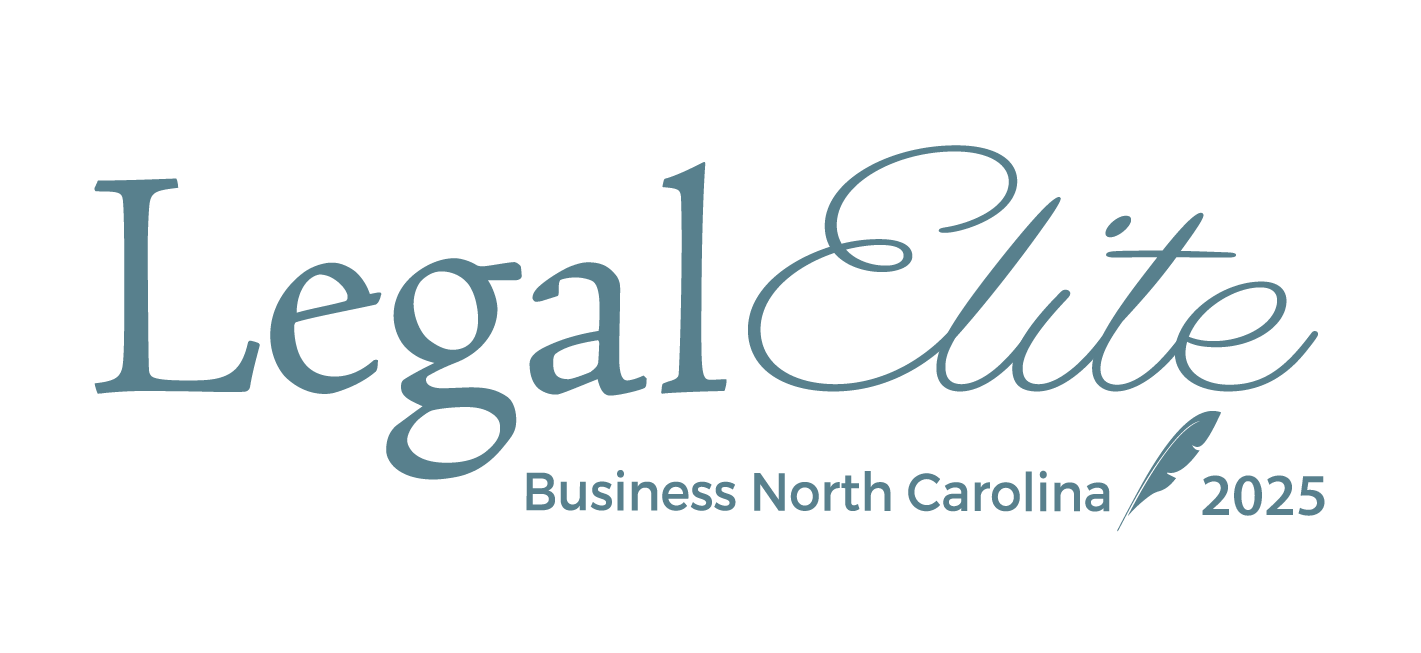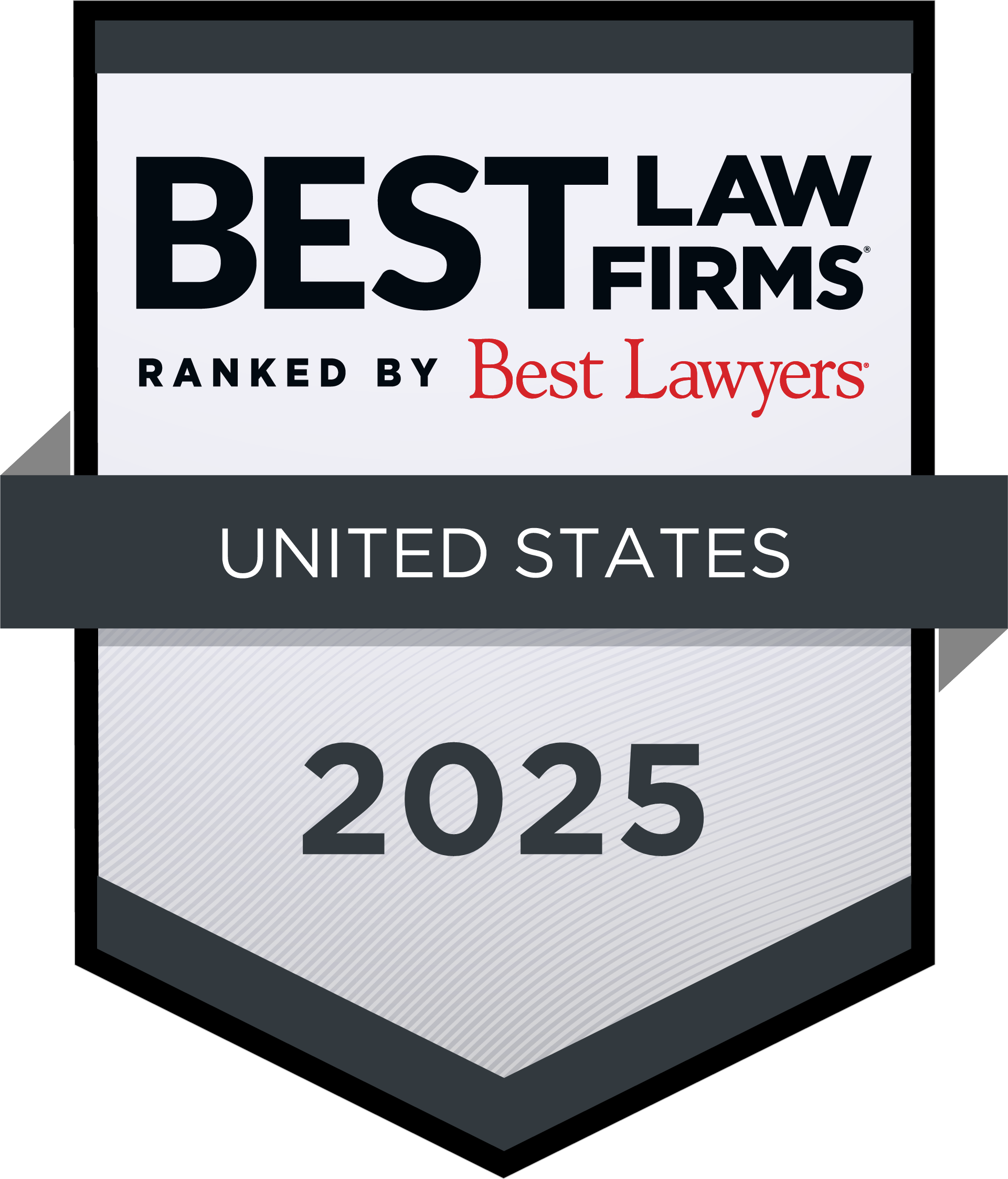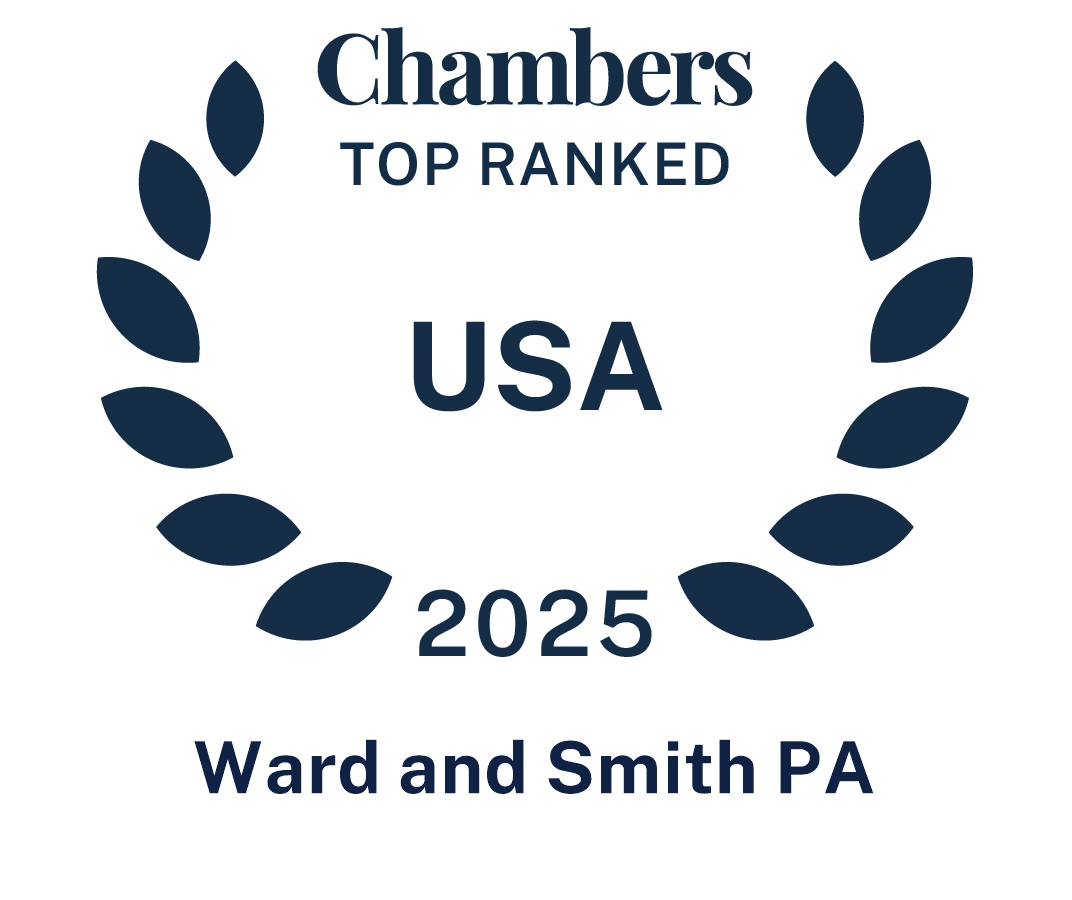In today's digital landscape, businesses of all sizes face an increasingly common threat: demand letters from firms specializing in mass copyright enforcement.
Companies have built business models around identifying and pursuing copyright infringement claims at scale. Understanding how these operations work—and how to respond appropriately—can save your business significant time, money, and stress.
Beneath the Bridge: How Trolls Hunt for Their Prey
Copyright trolls, more formally known as copyright enforcement firms, operate by representing photographers, stock photo agencies, and other content creators in pursuing infringement claims. These firms use sophisticated image recognition technology to scan millions of websites, identifying potentially unlicensed uses of their clients’ copyrighted materials.
The business model is straightforward: send demand letters to alleged infringers seeking settlements that are typically less than the cost of litigation, but significantly more than a reasonable licensing fee. For enforcement firms, volume is key—they may send thousands of letters monthly, knowing that even a modest response rate generates substantial revenue.
Troll Bait: How Businesses End Up in the Crosshairs
Most businesses find themselves in the crosshairs of copyright enforcement firms through surprisingly common scenarios:
- Innocent Mistakes: An employee downloads an image from Google Images, assuming it’s free to use. A web designer uses a photo from a “free stock photo” site that actually had restrictions. A social media manager shares an image without verifying its source.
- Third-Party Errors: A web developer, marketing agency, or contractor uses unlicensed images without your knowledge. Former employees post content that remains on your website or social media accounts.
- License Confusion: Your business had a license that expired, applied to different uses than intended, or didn’t include web usage rights. Stock photo site terms may have been misunderstood or changed after purchase.
- Historical Content: Years-old blog posts, archived pages, or forgotten social media posts containing unlicensed images resurface in enforcement scans.
The Troll’s Club: The Legitimate Legal Spikes
As frustrating as it may be, copyright law in most jurisdictions heavily favors copyright holders, and these enforcement actions often have legitimate legal backing:
- Strict Liability: Copyright infringement is generally a strict liability offense—intent doesn’t matter for purposes of liability. Even accidental use can result in liability.
- Statutory Damages: In the United States, copyright holders can seek statutory damages ranging from $750 to $30,000 per work for non-willful infringement, and up to $150,000 for willful infringement—without having to prove actual damages; provided the work is registered prior to the infringement or within three months of the works' first publication. If registration is not timely, the copyright holder can still pursue actual damages.
- No Registration Required: While registration enhances available remedies, copyright protection exists from the moment of creation in most countries. A copyright registration isn’t required for protection – only for filing a lawsuit.
- Retroactive Registration: Copyright holders can register works after discovering infringement and still pursue damages.
Ignoring the Troll: The Dangers of the Silent Treatment
While the temptation to ignore these letters is understandable, doing so carries significant risks:
- Escalation: Ignored letters often lead to more aggressive follow-ups, increased settlement demands, and eventual litigation.
- Litigation Costs: Defending a copyright lawsuit can cost tens of thousands of dollars—even if you ultimately prevail. Attorney fees are rarely recoverable unless the claim was objectively frivolous or deemed as harassment.
- Statutory Damages: In some cases, courts can award damages far exceeding any actual harm or the original license cost.
- Injunctions: Courts may order you to cease using the material and remove content from your website.
- Business Disruption: Litigation creates distraction, consumes resources, and can damage business relationships.
Confronting the Troll: Navigating the Response
When you receive a demand letter, follow these steps:
- Keep Calm and Don’t Feed the Panic: Take the claim seriously but avoid making hasty decisions. Most firms provide time to respond, giving you time to assess the situation properly.
- Chronicle the Troll Encounter: Immediately preserve all relevant evidence:
- Screenshot the allegedly infringing use
- Save any licenses or permissions
- Document when and how the image was obtained
- Identify who posted the content
- Search for relevant website development and/or marketing agreements
- Search for relevant insurance documentation
- Resist the urge to circulate any links to allegedly infringing use that may increase traffic to those links
- Map the Troll’s Territory: Conduct due diligence on the claim:
- Confirm the firm represents the copyright holder
- Verify the image matches the one in question
- Check if you have applicable licenses
- Research the enforcement firm's reputation and tactics
- Research whether the copyright is registered
- Inventory Your War Chest: If you don’t have clear rights to use the material, remove it immediately. This shows good faith and may reduce potential damages—though it doesn't eliminate existing liability.
- Choose Your Battle Strategy
- Consult the Wizard: Consider consulting an attorney experienced in copyright law, especially if:
- The demand exceeds $1,000
- Multiple works are involved
- You believe you have valid defenses
- The troll threatens immediate litigation
- Negotiate: Many trolls will accept substantially less than their initial demand. Settlements less than the original demand are common but never guaranteed.
- Assert Defenses: If applicable, assert legitimate defenses such as:
- Valid license
- Fair use (though this is narrow and fact-specific)
- Statute of limitations (typically 3 years from discovery)
- De minimis use
- Lack of copyright validity
- Litigate: In rare cases with strong defenses or unreasonable demands, fighting may be worthwhile—though it is typically the most expensive option.
Building Troll-Proof Bridges: Fortifying Your Business
Implement these practices to minimize future exposure:
- Establish Your Defensive Walls
- Create and enforce image use policies
- Require documentation of image sources and licenses
- Train all content creators on copyright basics
- Stock Your Castle with Legitimate Supplies
- Purchase images from reputable stock photo sites
- Maintain organized license records
- Use Creative Commons images correctly
- Create original content whenever possible
- Post Regular Watch Guards
- Periodically review your web content
- Remove outdated or questionable content
- Verify that current licenses remain valid
- Monitor contractor and employee content
- Purchase Troll Insurance
- Review your general liability policy for copyright coverage
- Consider media liability or copyright infringement insurance
- Understand coverage limitations and exclusions
Emerging from Under the Bridge
While copyright trolls present a frustrating challenge for businesses, understanding their methods and your options empowers you to respond appropriately. The key is balancing prudent risk management with avoiding unnecessary costs. By implementing strong preventive measures and responding thoughtfully to claims, you can potentially minimize both your exposure and the impact on your business.








